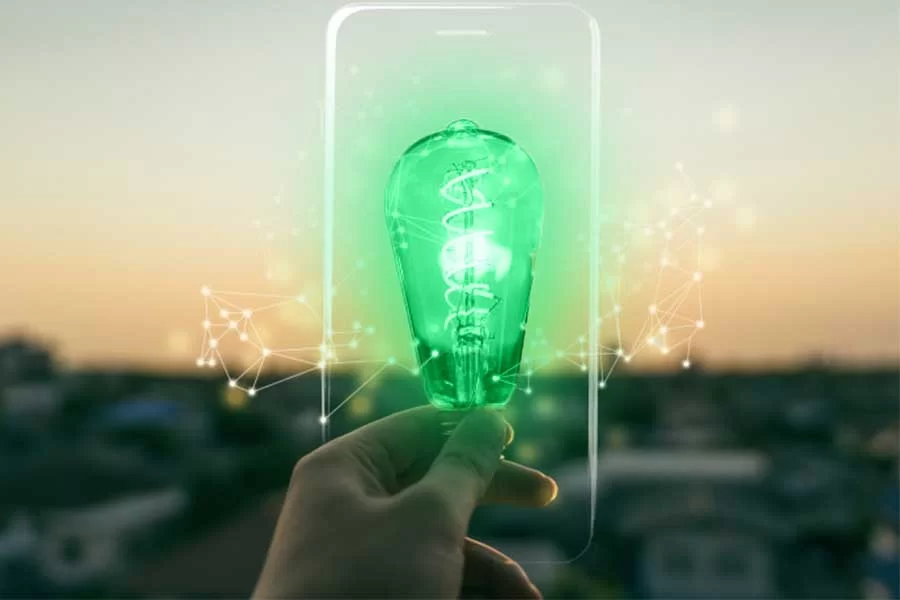Researchers have produced environmentally friendly materials that can harness enough energy from indoor light to fuel intelligent wireless devices.
In our residences, workplaces, and public buildings, we are gradually using more intelligent devices such as smartphones, smart speakers, and wearable sensors for wellbeing and wellness. The batteries they use, though will deplete easily and contain dangerous and rare chemicals that are hazardous to the atmosphere, so researchers are searching for new ways to power the machines.
Similar to how solar panels collect electricity from sunshine, such as solar photovoltaics, one way to fuel them is by turning indoor light from ordinary lamps into energy. However the materials used for solar panels are not appropriate for capturing indoor light because of the various properties of the light sources.

Update Your Kitchen with These New Smart Devices
Now, researchers from Imperial College London, Soochow University in China, and the University of Cambridge have discovered that new green materials currently being developed for next-generation solar panels could be useful for indoor light harvesting. They report their findings today in Advanced Energy Materials.
Co-author Dr. Robert Hoye, from the Materials Department at Imperial, said By efficiently absorbing the light from lamps typically used in homes and houses, the materials we examined will turn light into electricity with an efficiency that is already in the range of commercial technologies. We have also described many potential changes that will allow these materials to be transformed into electricity with an efficiency that is already in the range of commercial technologies.”
Best Programmable Light Switch
The team studied ‘perovskite-inspired materials’ that were designed to circumvent problems with materials called perovskites that were developed for solar cells of the next decade. Although perovskites are cheaper to manufacture than conventional solar panels based on silicon and have comparable performance, perovskites contain toxic lead substances. This led to the growth of materials influenced by perovskites, which are instead based on safer elements such as bismuth and antimony.
Despite being more environmentally friendly, these perovskite-inspired materials are not as efficient at absorbing sunlight. However, the team found that the materials are much more effective at absorbing indoor light, with efficiencies that are promising for commercial applications. Crucially, the researchers demonstrated that the power provided by these materials under indoor illumination is already sufficient to operate electronic circuits.
“In addition to their eco-friendly nature, these materials could potentially be processed on unconventional substrates that are incompatible with conventional technologies, such as plastics and fabric. Therefore, lead-free perovskite-inspired materials could soon enable wearables, healthcare monitoring, smart homes, and smart cities to be battery-free devices.”